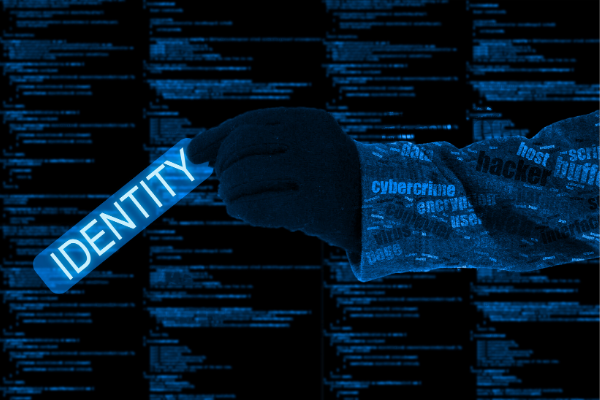No individual or organization is safe from cyberattacks. Hacked and breached data is a nightmare of epic proportions. Yet research suggests that many companies remain unprotected or have the most inadequate cybersecurity measures in place, causing security gaps that leave them open to malicious cyberattacks and data breaches. Cybersecurity firm ThreatModeler is working nonstop to revolutionize the way companies identify, prioritize and prevent cyber threats.
Just as it’s no good shutting the barn door after the horse has bolted, it’s no good implementing security measures after your network has been hacked and your data compromised. That’s why ThreatModeler chooses to do things differently. ThreatModeler takes a proactive approach to security, not reactive. With ThreatModeler, DevSecOps teams embed security into their software as early as the design phase. As a result, security is followed through the entire application development, deployment and management process.
ThreatModeler was founded in 2010 by CEO Archie Agarwal and launched as a commercial product in 2013. The platform’s proactive approach to cyberattacks is automated. Through it’s Threat Intelligence Framework, it analyzes IT infrastructure resources, evaluating the security posture of an organization. By identifying the weak spots (attack vectors) in your technology development life cycle, ThreatModeler helps security analysts, engineering teams and CISOs to prevent the next potential cyberattack or breach.
One of ThreatModeler’s unique strengths is that it is the only automated platform to design, build and manage security in your cloud. In fact, ThreatModeler offers unique features through its integration with AWS.
As an Amazon Web Services (AWS) partner, ThreatModeler provides development teams with an accurate simulation of actual AWS environments. This mirror visualization allows users to enact “what if” scenarios to understand the impact of changes made to the AWS architecture. With any changes or additions, come corresponding threats. Security architects and developers can then make the required decision – aka go, or no go – to ensure security is not compromised.
This process allows organizations to fully understand their attack surface, prioritize mitigation, implement the necessary security controls, and achieve stakeholder security and compliance validation.
Agile technology delivery teams will no longer need to stitch together ad hoc processes, and start from scratch each time a product is deployed and/or changes made. Its integration with AWS IAM, AWS SSM and AWS Security Hub enables your computer systems architecture to enforce policy governance, such as the least privilege model of access. In other words, users can independently assign individuals into groups and decide who is allowed to access which data resources under what conditions.
ThreatModeler takes cybersecurity extremely seriously. Archie Agarwal, the man behind the innovative company believes that in the future, making sure our cyberspace is safe and secure will be just as important as ensuring the safety of our physical space. Archie explains that just as we are always extremely cautious when it comes to securing our windows, locking our front doors and putting on our seat belts, we should be just as thorough when it comes to the well-being and protection of our cyberspace.
When one thinks of all the important data we all keep on computers and in the cloud, only someone who doesn’t know the consequences of having their private, sensitive or confidential information compromised would disagree with him.






